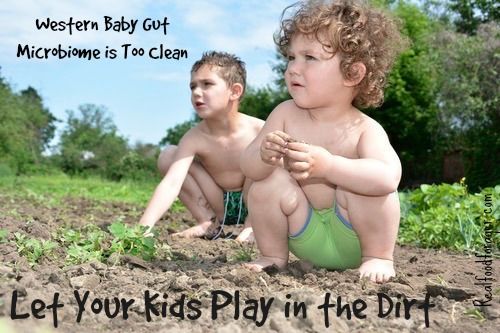“Why is my baby feeding so often? Am I making enough milk?”
Today, I got three questions that deal with milk supply issues. This is the most common fear of most new mothers and the number one reason that women stop nursing before they planned. It is also, in my humble opinion, very rare that the breasts actually fail. I call it “Acute onset idiopathic lactation failure” and frankly, it just doesn’t happen all that often. I will answer one question today and post others later, as the total answer would be a book all by itself.
Nicky asked: “I breastfed with my daughter who is now 18mths, I know there were times that I was worried she wasn’t getting enough milk but because her weight was increasing they told me I had nothing to worry about, She ate every 2-3 hrs. I now have a newborn who I feel is attached to me, He eats every 45 min- hr for like 20 min then sleeps. The last apt we had was the 2day apt and he had gained an oz. I have another apt this week, but I’m worried (not stressing, because he’s got poopy/ pp diapers) that he’s not getting enough. Should I be worried and talk to someone, or should I wait to see if he’s gained any before I seek help. Also my daughter had no problems feeding ( didn’t hurt or chap or anything) where as I feel I had to teach him a little, but when he latches it hurts at the 1st latch on then I’m fine, Is this normal?”
Nicky, Congratulations on the birth of your new baby. The first few weeks are a tough time, made worse by our incessant need to worry all the time about everything. It sounds to me like you and your baby are getting along just fine. You tell me that he is peeing and pooping and that he has gained an ounce (I assume since discharge, but if it is an ounce over birth weight he is a rock star breast feeder), all of this is reassuring. Given your first successful breastfeeding, it would put sudden unexplained “I can’t make enough milk” at the very bottom of my list of things to worry about. You know that your breasts work. Trust them. I would suggest that everything is going on well enough. That being said, you also put up a couple of little hints that things aren’t going perfect (the frequent feeds and the tender nipples), so let’s address them.
Frequent feeds and tender nipples are both signs of a less than perfect latch. You see, when the baby is latched on well, there is no pain. In fact, the entire areola and nipple goes past his tongue and down his throat. There is nothing to feel pain about. Try this experiment. Cup your breast in your hand and put your fingers on the boarder of your areola (that is the line where your breast changes color to form the circle of your “nipple”), now, pinch down a bit to compress the tissue. There should be no pain. Now, slide your fingers down to your nipple and pinch there. You should notice a significant difference. Why? Because the breast and areola is a protected with fat tissue, but the nipple is not. When your baby latches well, he goes beyond the unprotected nipple to take the entire areola in his mouth. This does two things. First, it protects mom from sore nipples. But even more important, it will ensure proper flow of milk to the baby. Think of your nipples as a small bunch of straws that carry milk (which is what they are). Now, take that bunch of straws and pinch them and try to drink from them. What happens? Nothing. You can’t drink out of a pinched straw, and neither can your baby. When your baby has a shallow latch, he pinches the tubes that brings the milk down and that makes it harder for him to get milk out. He will go to the breast and suck, sometimes hard, fiercely even, but he won’t get much out. Eventually, he will either get tired, or he will get a satiety signal (remember, it takes 20 minutes between first bite and full tummy signal for grown-ups and babies alike) and will come off the breast. However, since he didn’t have a good latch, he didn’t get as much milk as he wanted/needed and will soon wake up and want to eat again.
So your baby may be latching poorly, which leads to painful nipples and frequent feeds. Try to make sure he has a big open mouth before he latches. When he latches, if you feel a pinch or some tenderness, pull him close to the breast and pull down on his chin to encourage the mouth to open, the tongue will drop down and then out to cup the areola. If it doesn’t get better in a few sucks, try it again (up to 3 times). If that doesn’t work, take him off and try again. Let’s see how that works, write back if there are still problems.




